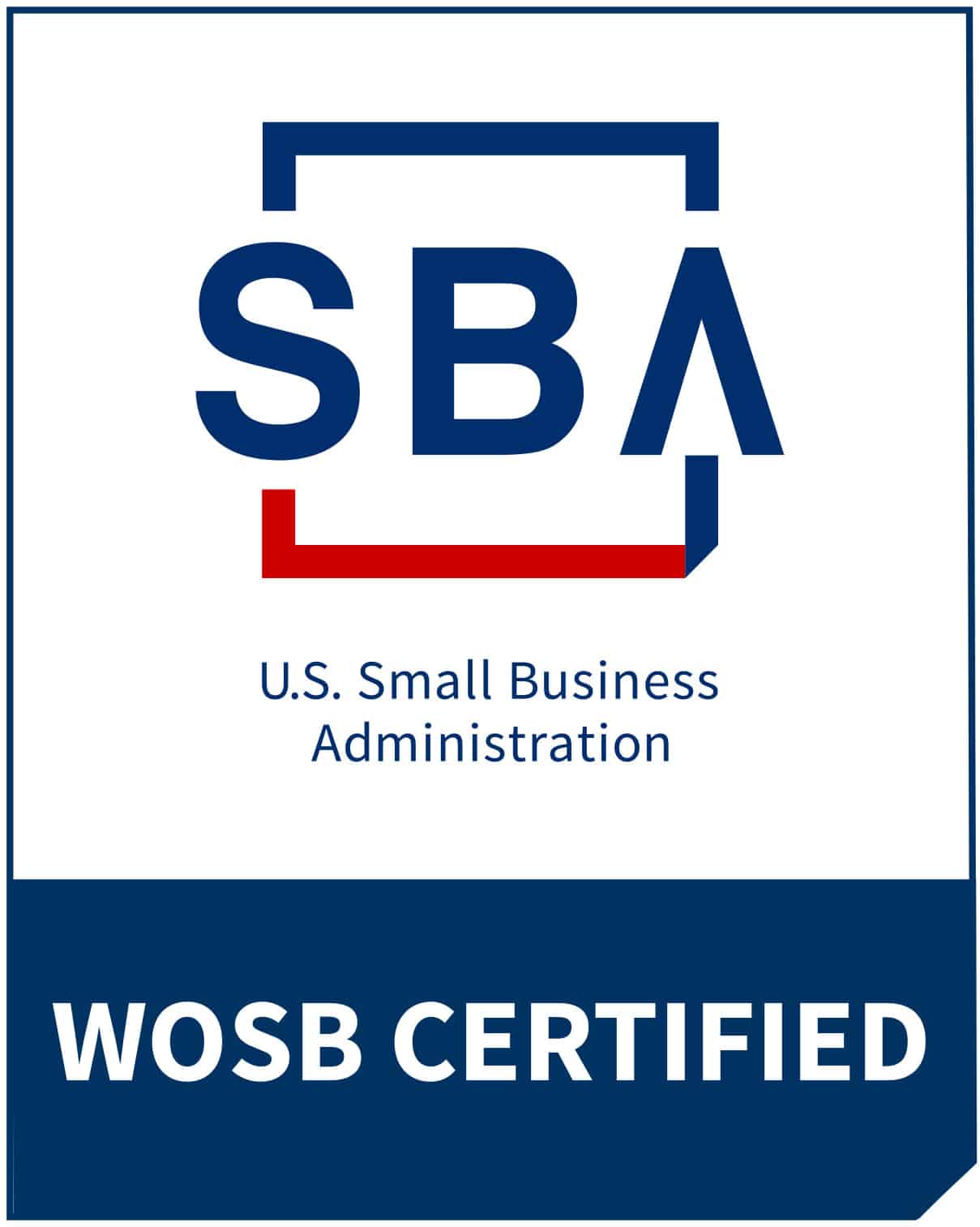Our Practice Areas
At Venn, we constantly endeavor to expand our advocacy and never limit our scope of work. Most of our current client work, however, can be categorized in to four main practice areas – Health, Tax, Trade & Finance Services, Critical Infrastructure and Oversight & Investigations. Each requiring their own unique insights and specific approaches, our specialties cover impactful fields and complex issue areas.
View All Practice Areas


